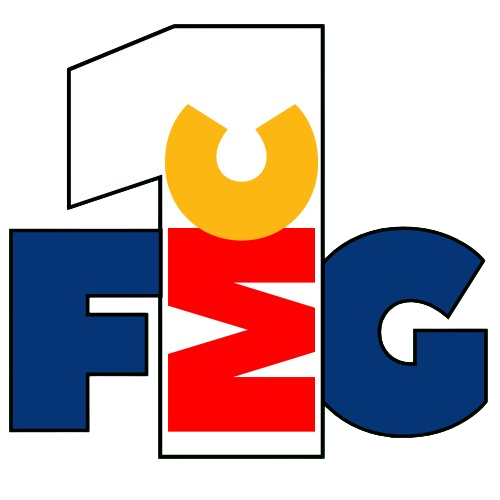Procter & Gamble Beats Q3 Expectations Amid Price-Driven Growth
Procter & Gamble (NYSE: PG) reported stronger-than-expected earnings for fiscal Q3, as sustained price hikes drove revenue and profit growth across key categories. The consumer goods giant posted net sales of $20.2 billion, up 1% year-over-year, narrowly surpassing Wall Street estimates of $20.0 billion.
Organic sales rose 3%, driven entirely by a 3% increase in pricing, as shipment volumes remained flat. Core earnings per share came in at $1.52, topping the consensus estimate of $1.42. Net income rose to $3.75 billion from $3.41 billion a year earlier, reflecting strong margin expansion despite ongoing cost pressures.
Resilient Performance Across Key Segments
P&G’s Beauty segment led the way with 6% organic sales growth, while Fabric & Home Care rose 4%. Grooming and Health Care each posted a 2% increase, and the Baby, Feminine & Family Care division saw a modest 1% uplift. The consistent performance across categories signals the company’s ability to maintain pricing power without significantly impacting demand.
Gross margin expanded by 180 basis points year-over-year to 50.1%, supported by higher pricing, productivity savings, and easing commodity costs. Operating margin also improved by 140 basis points to 23.8%.
Guidance Raised for FY24
Based on the Q3 results, Procter & Gamble raised its core EPS guidance for fiscal 2024 to a growth range of 10%–11%, up from the previous 8%–9% forecast. The company reaffirmed its outlook for 2%–4% organic sales growth for the full year and expects total sales to range between flat and up 1% versus last year.
P&G now anticipates returning up to $16 billion to shareholders this fiscal year through dividends and share repurchases, reinforcing its focus on shareholder value amid top-line challenges.
Strategic Implications for the FMCG Sector
P&G’s better-than-expected quarter underscores a key trend in the FMCG landscape: continued reliance on pricing to offset flat volumes and cost volatility. The company’s ability to expand margins

